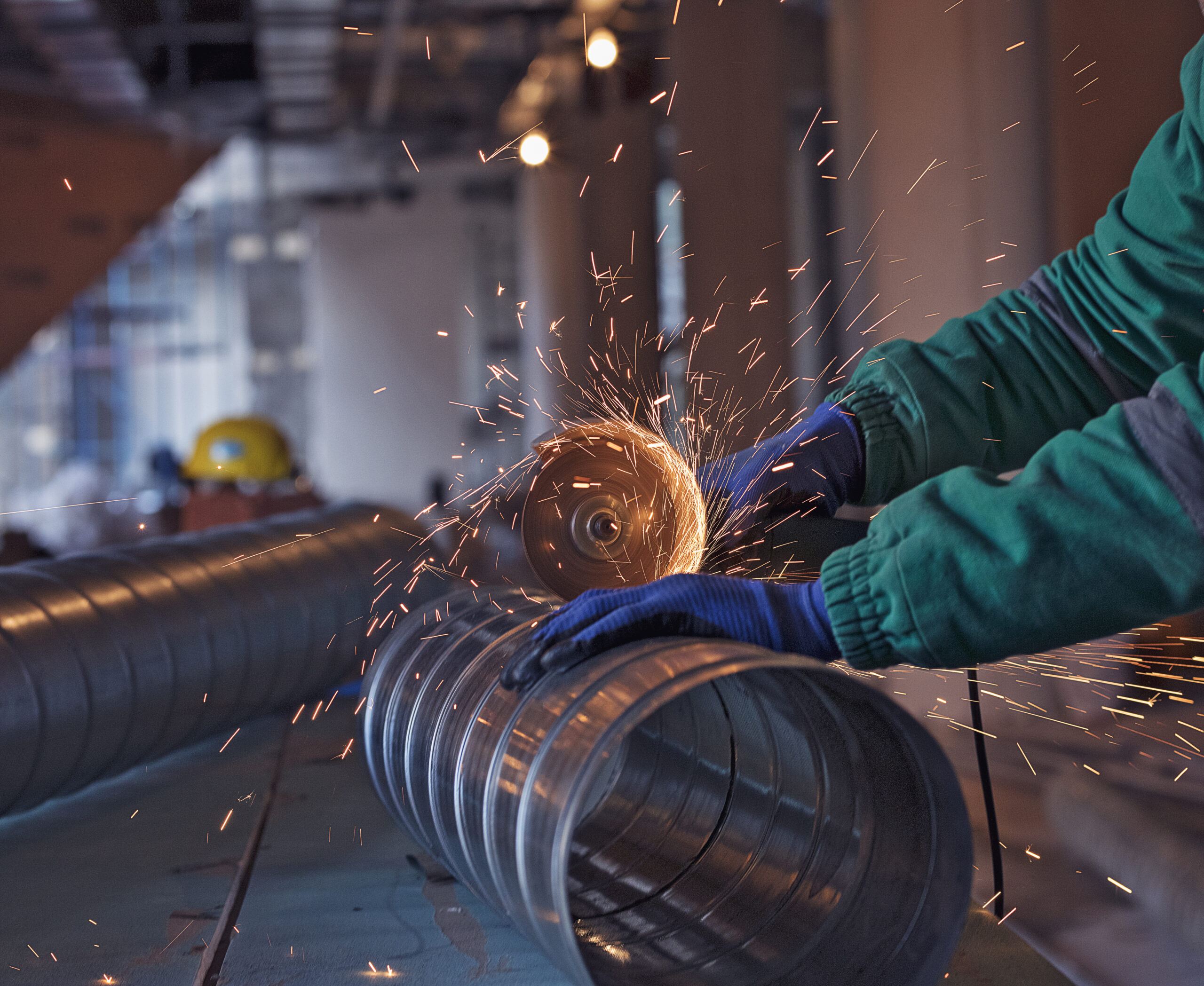Roll Forging Services for Strong, Uniform Metal Components
At Manufyn, we specialize in roll forging — a highly efficient forging process that shapes heated metal using cylindrical rollers. This technique delivers exceptional strength, consistency, and durability, making it ideal for both small and large-scale manufacturing projects.
Whether you need to forge metal for automotive parts, tools, or industrial components, our precision-driven approach ensures uniformity in every piece. With advanced equipment and skilled technicians, we can forge metals into complex shapes while maintaining tight tolerances.



